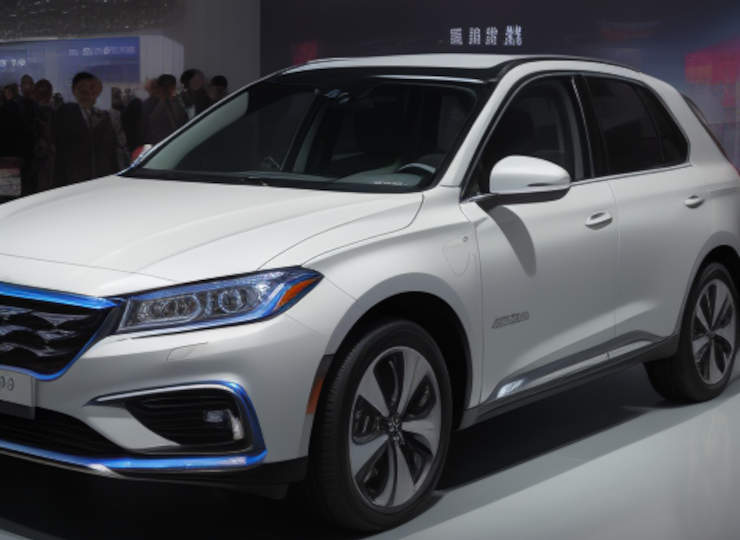文字のサイズ
- 小
- 中
- 大
PHEVs account for a growing proportion of the Chinese NEV market
In the fast-growing Chinese new energy vehicle (‘NEV’) market (based on CAAM shipments), the ratio of PHEVs is expanding.

In 2021, the share of PHEVs was 17.0%, but it began to expand in 2022 and reached 29.6% in 2023, an increase of 7.5 percentage points year-on-year. Reasons for this include the fact that PHEVs are eligible for NEV incentives, the PHEV product range is expanding and, compared to BEVs, there is no need to constantly worry about cruising range.
China is the world’s largest automotive market, and as the country moves towards electrification, smartness and decarbonisation, attention is increasingly focused on China’s automotive industry policies, technology roadmaps, business strategies and development trends of major manufacturers and component suppliers. In this market environment, foreign manufacturers lagging behind in the EV race have an opportunity to increase their share of the PHEV market with their long-standing technological expertise.
China aims to achieve a vehicle sales volume of 40 million units by 2035 (of which more than 50% will be new energy vehicles (NEVs)), and with the NEV market expected to grow further, foreign manufacturers, which had been lagging behind, are now beginning to launch their products in earnest. In addition to improved driver assistance performance, an increasing number of models are equipped with digital cockpits featuring new technologies such as voice and gesture control and facial recognition.
The Chinese Government has set the goal of achieving peak carbon dioxide emissions by 2030 and carbon neutrality by 2060. The automotive industry is also moving towards low-carbon production processes, and it is anticipated that efforts to become carbon neutral will be in full swing from now on.






